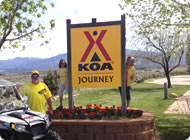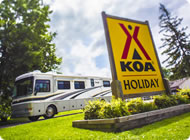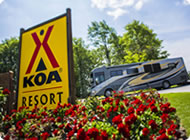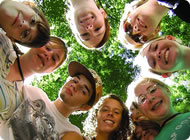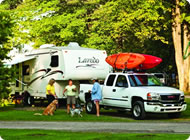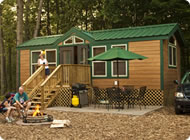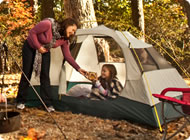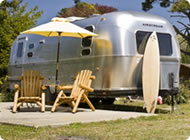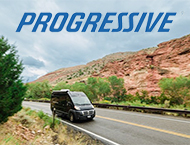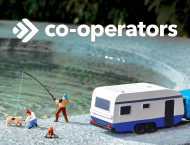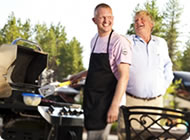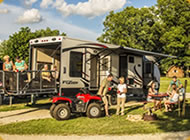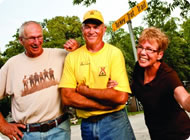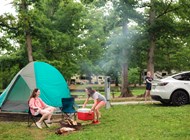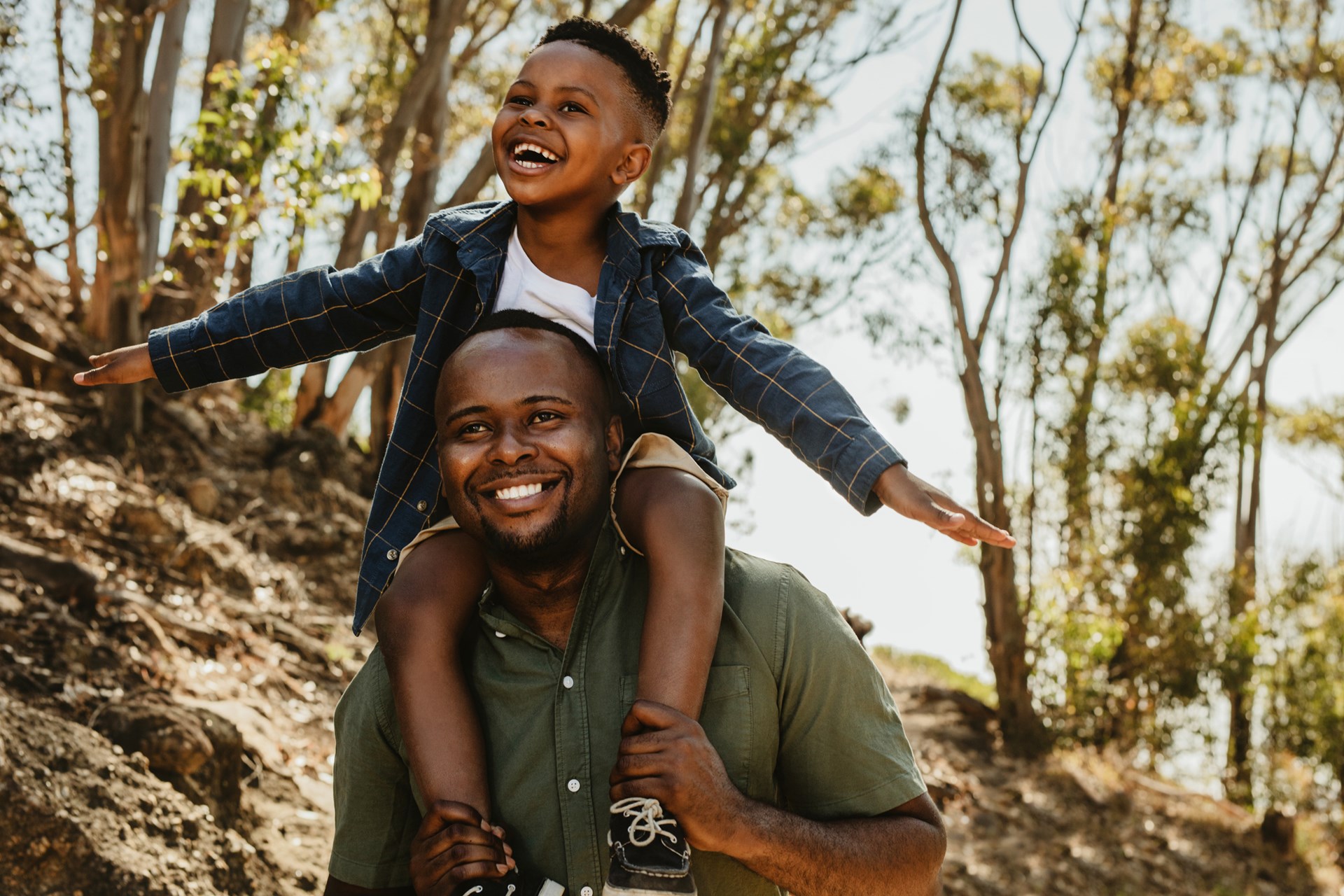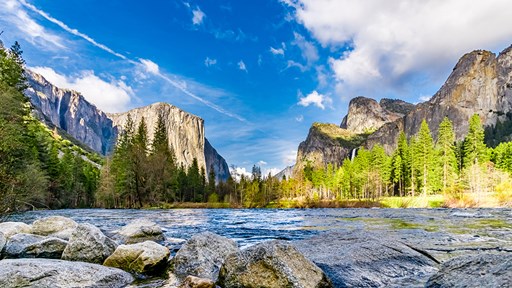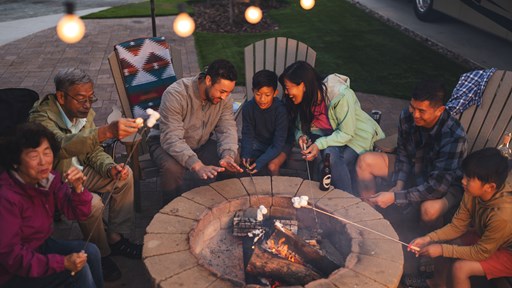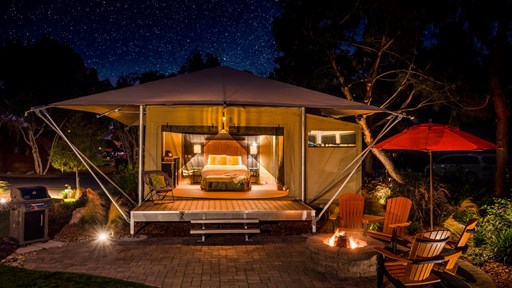The National Park Service is aware that 100% of adults used to be kids, and a pretty good percentage of adults also have kids. Not only does the NPS want you to visit, but they want you to bring your mini-you’s, too. The goal, of course, is to have our parks’ youngest visitors learn to love and protect nature, and eventually, pass that on to their own kids. While it’s possible to just show up at a national park and create lifelong memories, it pays to prepare. Otherwise you might hear some complaints from the backseat about Yellowstone’s lack of slides and swings. After all, national parks aren’t those kinds of parks. From making sure you’re not overdoing it to taking advantage of early risers, here are eight tips for visiting national parks with kids. Don’t think of them as rules. Think of them as ways to enhance your adventure.
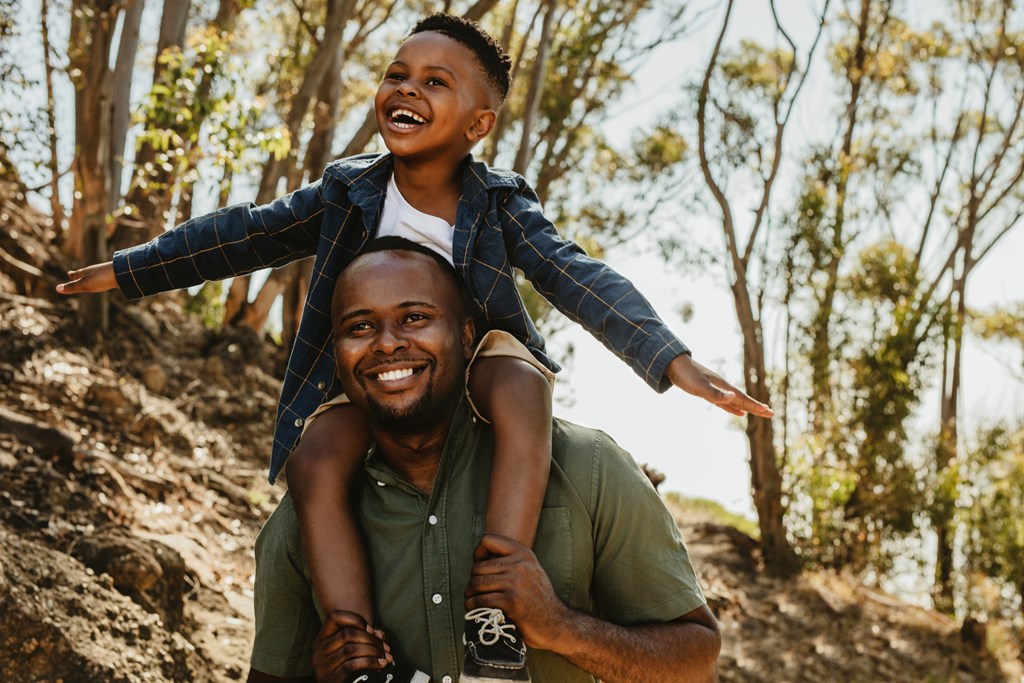
1. Don’t Plan Too Many Activities in One Day
Determine how many days you have and what your top priorities are. Try tackling the biggest/longest/hardest activities earlier in the day while everyone is at their freshest, and then have more relaxed afternoons. Even if your highest priorities aren’t the most rigorous, still hit those first. After, assess how much time and energy you have left to tackle the rest. Know that if you don’t get to those things, you’ve still checked the number one, two, or three things off your national park bucket list. And for those “hard” activities, don’t put too much pressure on anyone. You may not summit on all your hikes, and that’s okay. It’s better to leave your kids wanting more than shaking the dust off their feet and vowing never to return to a national park because they had a bad experience.
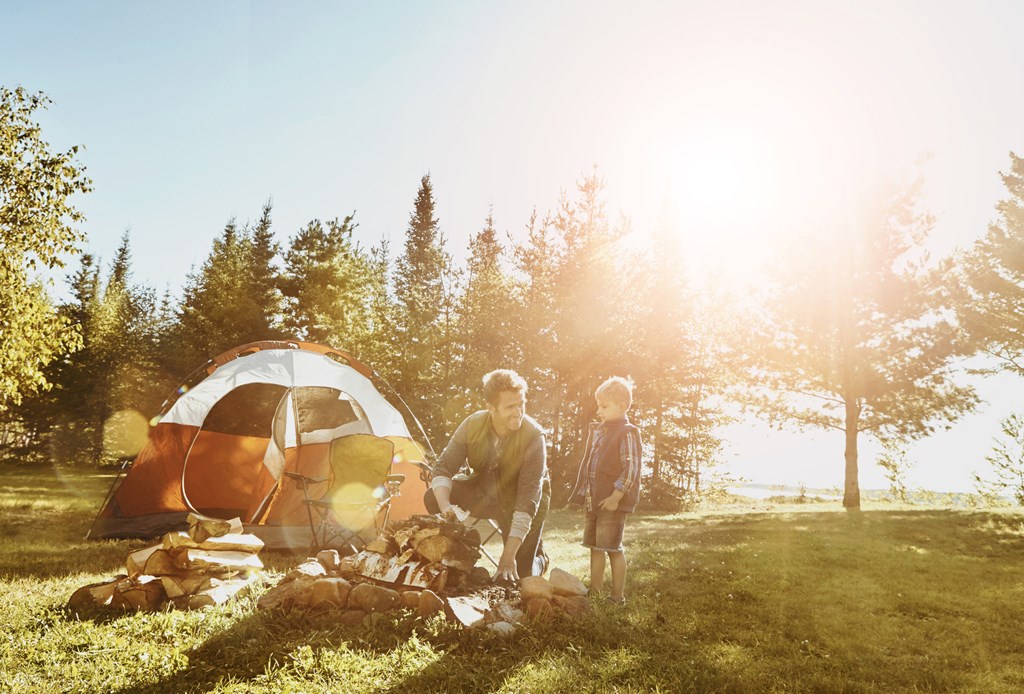
2. Start Your Days Early
If you’re one of the lucky few parents whose children don’t rise at an ungodly hour, skip ahead. For the rest of you, this is the first (and basically only) time you’ll be glad your kids are early risers. Get out there while the animals are most active and the park is still peaceful. National parks are popular destinations for a reason, and they still experience rush hour, usually an hour or two past what you’d experience at home in a city.
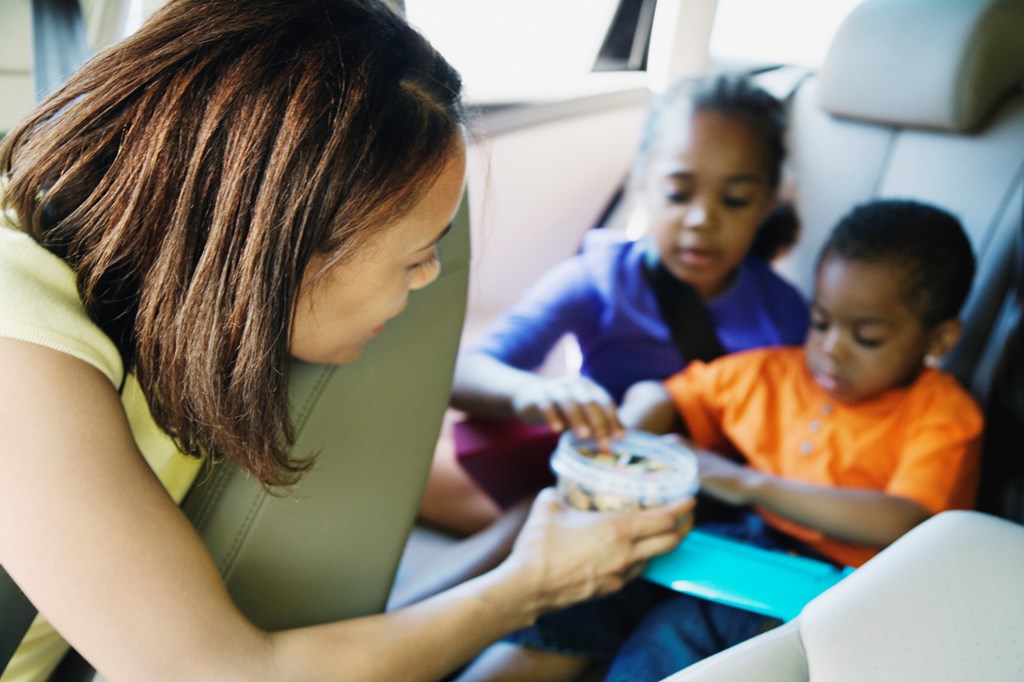
3. There’s No Such Thing As Too Many Snacks
A backpack overflowing with trail mix might be overkill, but it’s better than an empty backpack. Unless you have super picky eaters, you can’t go wrong with fruit, nuts, granola bars, jerky, cheese, crackers, peanut butter pretzels, etc. Don’t count on visitor centers to have snacks for sale or restaurants to always be open, especially if you’re visiting in the off-season.
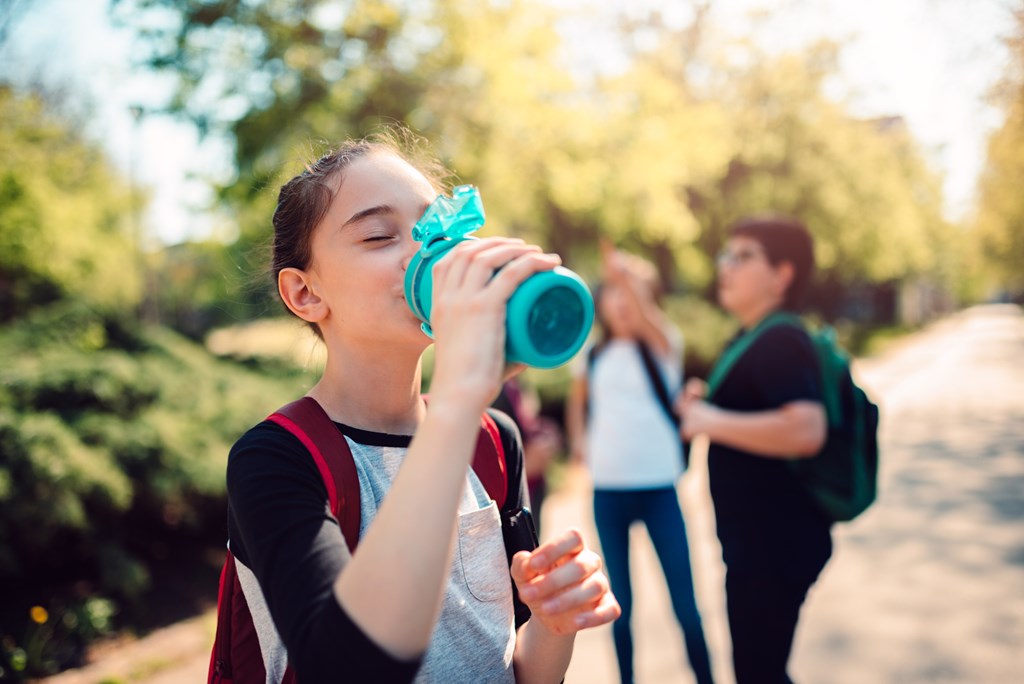
4. Stay Hydrated
Like snacks, take more water than you think you need. Dehydration isn’t just an excuse for tired people. Take frequent water breaks, and make sure your kids are actually drinking, not just resting. Try competitions like, “Whoever finishes their water bottle first gets to pick the toppings on tonight’s pizza.” And then of course have enough water to give them refills. Backpacks with water bladders (for those who can carry their own) are a huge help with hydration as well.
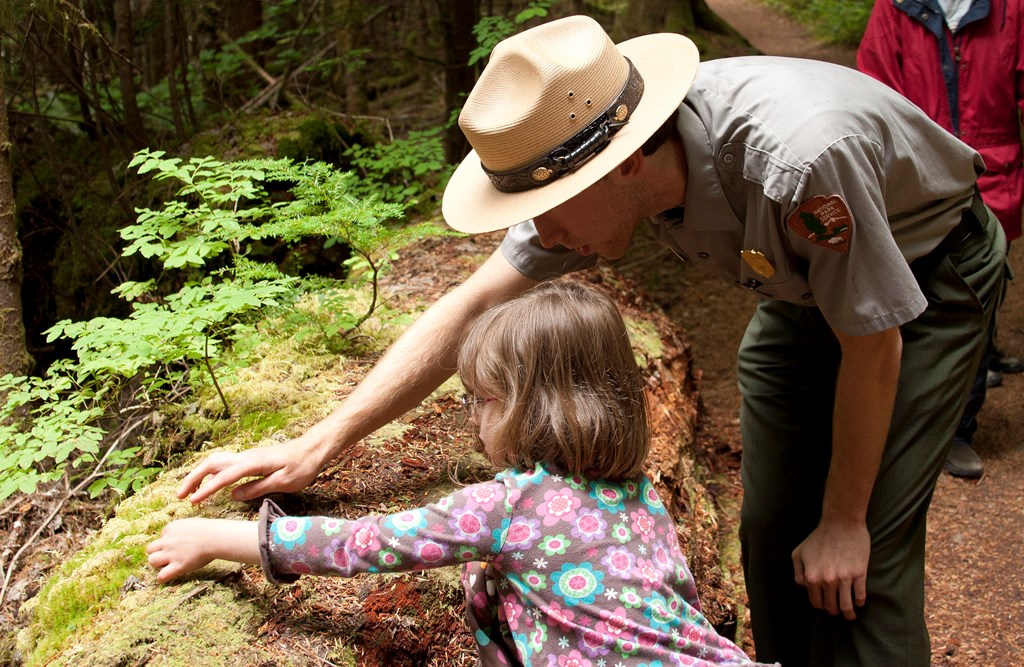
5. Make Time for the Junior Ranger Program
Though it’s designed for kids between the ages of 5 and 13, the Junior Ranger program is fun for the whole family. Most parks participate, so find the one(s) you’re headed to on this list. You can either print the booklet in advance to start in the car (bonus: they’ll be even more excited to explore when you get there), or grab a free one at a visitor center. Upon completion of the activities, your kids receive a badge and officially become “Junior Rangers.” They’ll have so much fun, they won’t even know they’re learning. Also, see if your park has a TRACK trail. They’re not everywhere yet, but they’re expanding.
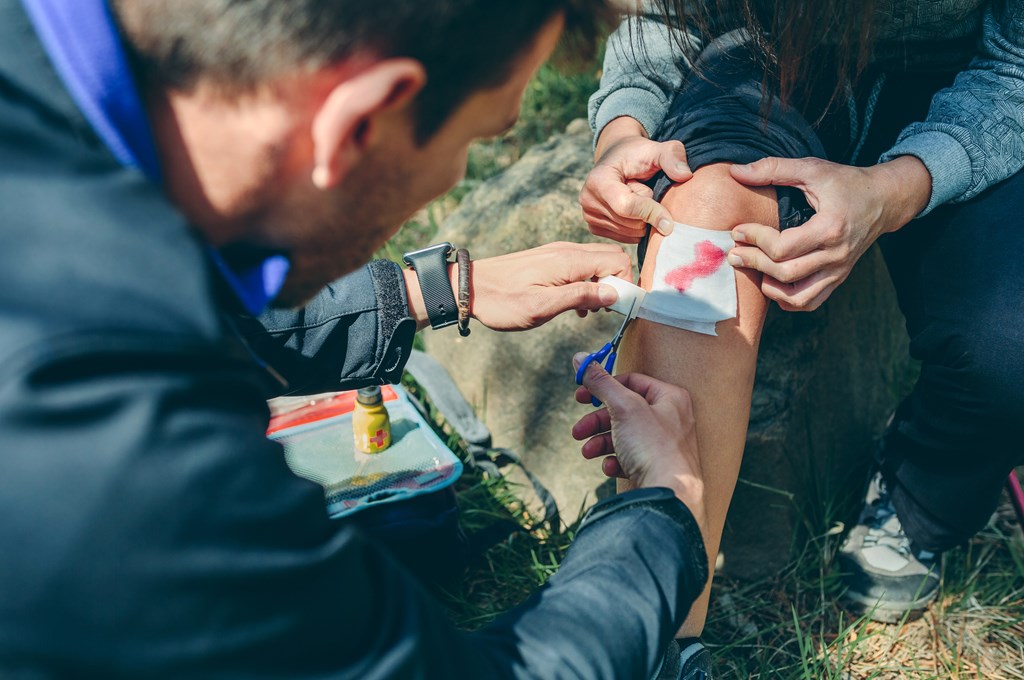
6. Things Happen. Be Prepared
Bring a first-aid kit, hats, sunscreen, bug-spray, and maybe even a change of clothes. You never know when a waterfall or a stream will present itself, and kids have a hard time passing up a chance to get wet. Check the weather forecast and trail conditions if you’re hiking. Go over basic safety tips with your kids. Pay attention to any signs saying an area is closed, and keep your distance from wildlife. No need to catastrophize, but a scraped knee can either ruin the hike or be a 4-minute delay, depending on your prep. And a lack of sunscreen might not dampen today’s fun, but it could ruin the rest of your trip.
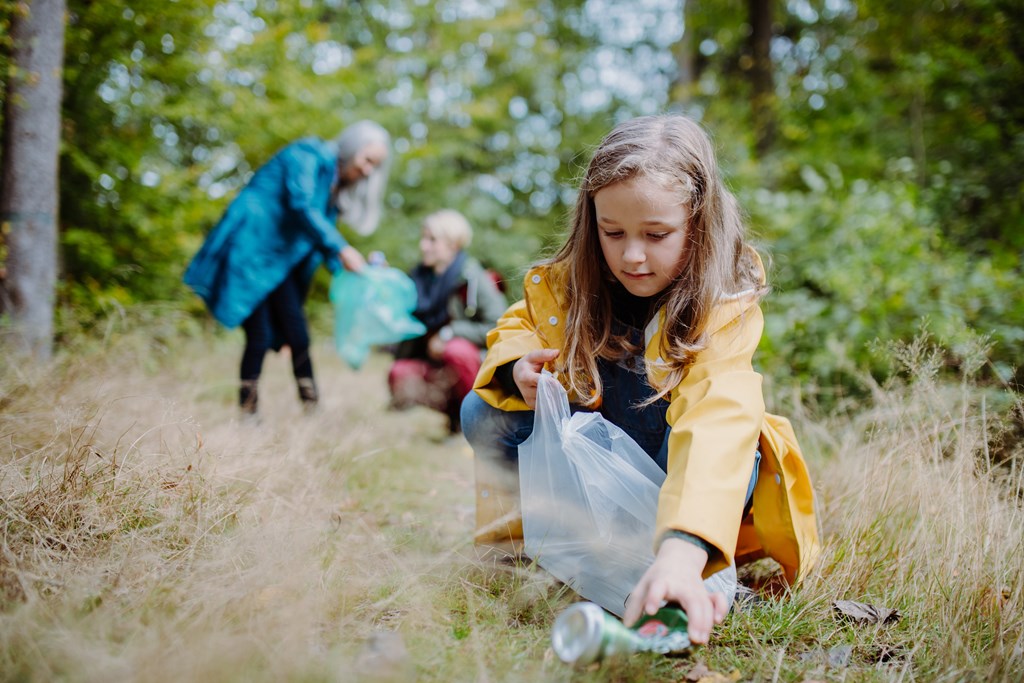
7. Teach Your Kids to “Leave No Trace”
Ask what they think it means to take only pictures and leave only footprints. Bring a sketchpad so they can draw wildflowers rather than pick them. Let them work on their photography skills and capture brilliant fall foliage instead of collecting leaves. Brainstorm ways you can actually leave the park in better shape than you found it. Pick up any trash you see, and award prizes to those who collect the most. It’s never too early for them to start thinking about what the park could look like when they bring their own kids!
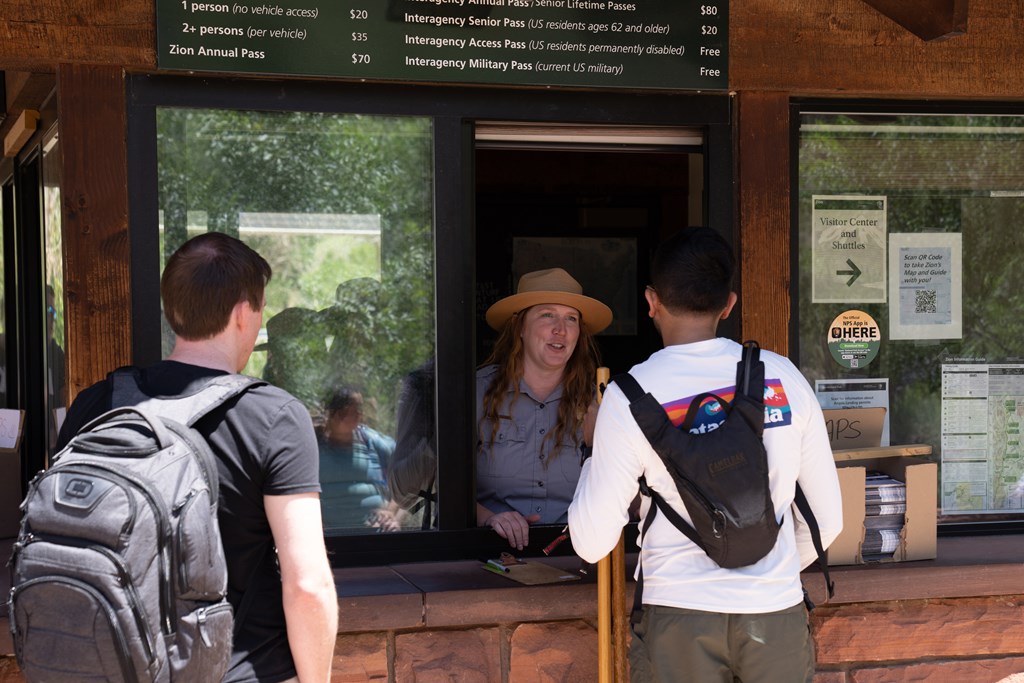
8. If You Have a 4th Grader, You Get a Free Parks Pass!
Since 2015, the NPS has been giving all 4th graders (and their families!) a one-year pass to all the parks through Every Kid Outdoors. Your 4th grader just has to create a virtual nature journal with a couple of clicks on their website, and then you can print a pass granting them access to more than 2,000 federal lands and waterways.
 Katie Jackson is a writer and media specialist based in Montana’s Big Sky Country. Living and working everywhere from New York to Nicaragua, Katie is no stranger to adventure. When she’s not traveling the world (or writing about it!) she’s busy chasing after a Leonberger named Zeus. Follow Katie’s travels on Instagram @katietalkstravel.
Katie Jackson is a writer and media specialist based in Montana’s Big Sky Country. Living and working everywhere from New York to Nicaragua, Katie is no stranger to adventure. When she’s not traveling the world (or writing about it!) she’s busy chasing after a Leonberger named Zeus. Follow Katie’s travels on Instagram @katietalkstravel.





